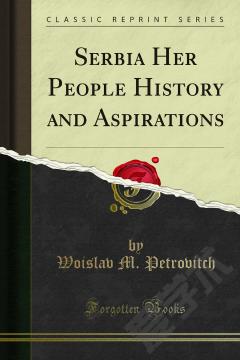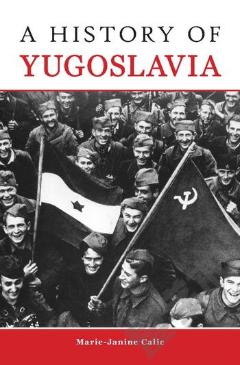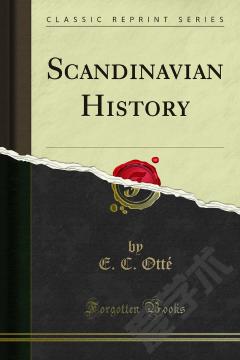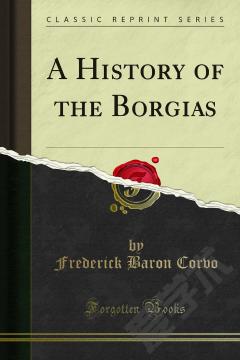History of Serbia
The most westerly of the jugo-slav lands, as well as the most civilised, is Croatia, a long narrow duchy stretching from the upper reaches of the Drave down to Fiume and the Adriatic in the south. A great range of limestone mountains begins near Fiume and runs all along the Adriatic coast to Montenegro. Unlike all other Jugo Slav lands, Croatia is not cut off by mountains or rivers from access to her neighbours. The fact has been most important in her history, for Latin and Teutonic influences have penetrated deep into her fibres. Fiume is a fine harbour which has nurtured a hardy race of Croatian sailors or pirates since the early Middle Ages. The Croats were subdued by the Magyars from the north, and are still subjects of the Hungarian Crown. But they have always claimed autonomy, and have had a precarious kind of Home Rule since 1868. Their most serious difficulty, however, has not been the oppression of the Magyars, but the religious divisions of their own race. Two-thirds of the Croats Of Croatia are Catholics and one-third Orthodox Greeks, and it is only within recent times that Magyar oppression has welded the two fragments of the race into one. The result has been a great impulse towards realising the unity of the Jugo Slav race, for Zagreb (agram) Is not only the capital of Croatia but the cultural centre of Southern Slavdom. This home of literature and art has nurtured the educating influences which have produced the thought and expression of unity. If Serbia is the steel which struck thought into flame, Croatia is the flint enclosing the spiritual fire.
{{comment.content}}








 京公网安备 11010802027623号
京公网安备 11010802027623号